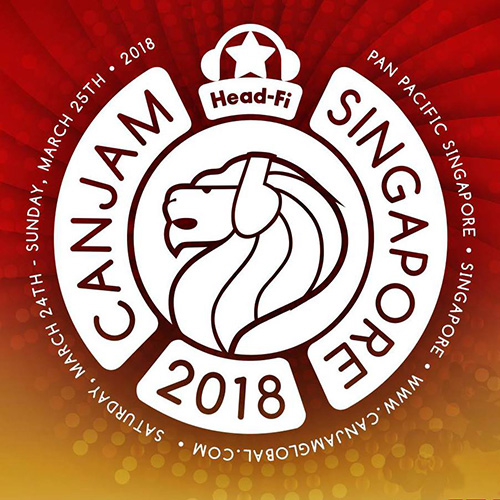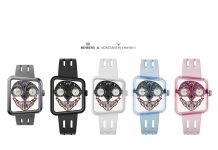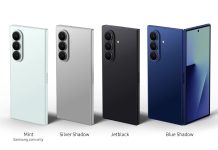Chord Electronics first took flight in 1989 from the aviation world, where engineering without limits means uncompromising standards. Today, the company applies proprietary technologies to all their British-made products and proudly delivers studio-grade audio performance across the entire Chord range.
During CANJAM Singapore 2018, NXT’s contributing editor Chester Tan caught up with Rob Watts, the man who designed many of Chord’s award winning products such as the Hugo DAC (digital-to-audio converter) Headphone Amp.

Q: How did you start your career with Chord?
First of all, I am an independent design consultant, and not employee of Chord. I have been working with Chord since 1996, where I developed own DAC technology. My aim has always been to achieve musical performance, but with better transparency. Over the years, I was able to do that by improving the accuracy of the DAC process by increasing the “taps” (the more taps there are the better the accuracy to the analog source). In 1999, I could only achieve 8 to 9 bits of accuracy. Today, I can achieve 16-bit.
In 2014, Hugo was launched, to allow listening to high-end audio music on the go. I did it as a fun project, and Chord Electronics would sell it. Initially I expected to sell just a couple hundred, but we ended up selling over 10,000 units. The success brought me back to focus on high-end audio products.

Q: Given the huge success, it goes to show that your products are real quality and not just marketing gospel.
I always back everything I state with measurements. My job is to convince people that measurements are important, partly to justify what I am saying. Whenever I made an improvement to measurement, it resulted in better sound quality. You can’t just base them on listening tests, because people often prefer distortion. My intent is to make the audio as transparent as possible, to recreate the experience of listening to a live unamplified orchestra in a concert hall, which sounds completely different from listening to reproduced audio.

Q: What is keeping you busy?
Other than improving the current product category, I have a project to provide end-to-end and analog-to-digital solutions from microphone recording to speaker sound. The other area I am working on is power amps, where pulse array DAC’s will be capable of very large amounts of power without changing the topology. Hence I will be able to couple the digital data to loudspeakers with an extremely simple and direct path, thus maximizing transparency.
The beauty of my approach with DAC is that it’s a single-ended output from DAC: 1 amplifier and current voltage converter, then drives them the headphones directly. Chord DACs are so transparent because the analog section is simple. The reason that I can make it so simple is because I don’t need complex filtering.
Once I have succeeded in enabling this singular approach of DAC and a single amp, it will transform the 2-channel amplification market. This is because we will achieve a level of transparency in connecting from the digital domain to analog domain, which no one has ever done before.
Q: Any plans to design more affordable products for the mass market?
I always go for excellence, and I’ve often been asked to do projects simpler than Mojo but I’ve rejected it, because I couldn’t get the performance. While we can’t do it today, it doesn’t mean that we cannot do it in the future. I’m more interested in getting better sound – If I can get it for lower cost, I will do that.
That’s why we do Mojo. The extraordinary thing about Mojo is that you can get truly high end performance for around £400 (S$799). The beauty of Mojo is that you can listen to it for 10 hours and still love the music. You don’t get the normal listening fatigue you get from other digital products. Mojo is very engaging, very musical, very transparent.
If there is a project that I am most happy about, it would be Mojo, because of the number of people who bought it and because the musical performance is so good. I never expected the level of sales that we’ve got, and it’s been a blast.
NXT Singapore is the official media for Canjam Singapore 2018.








